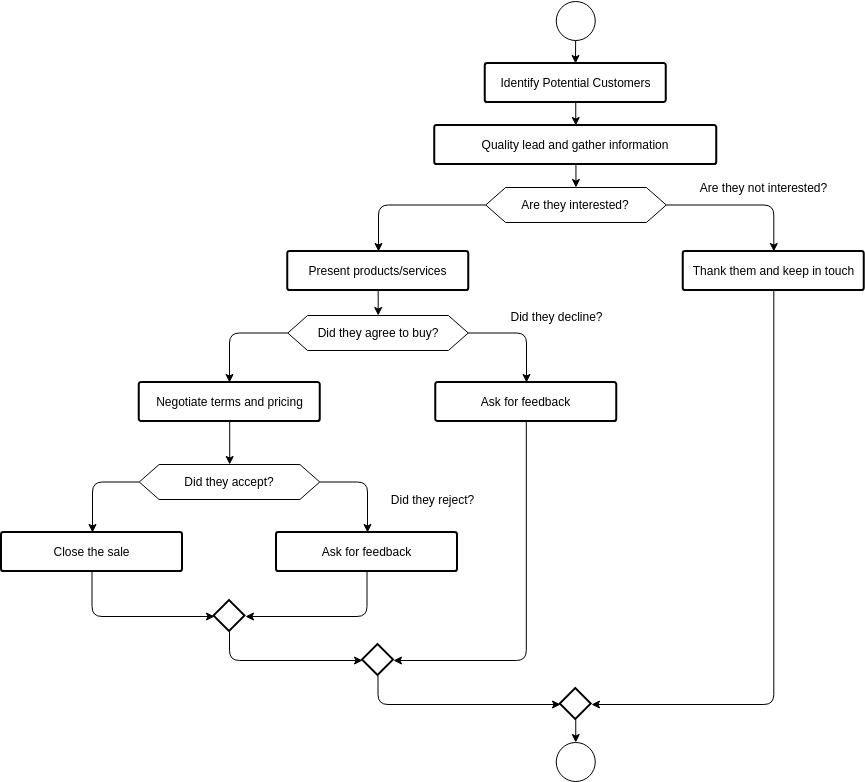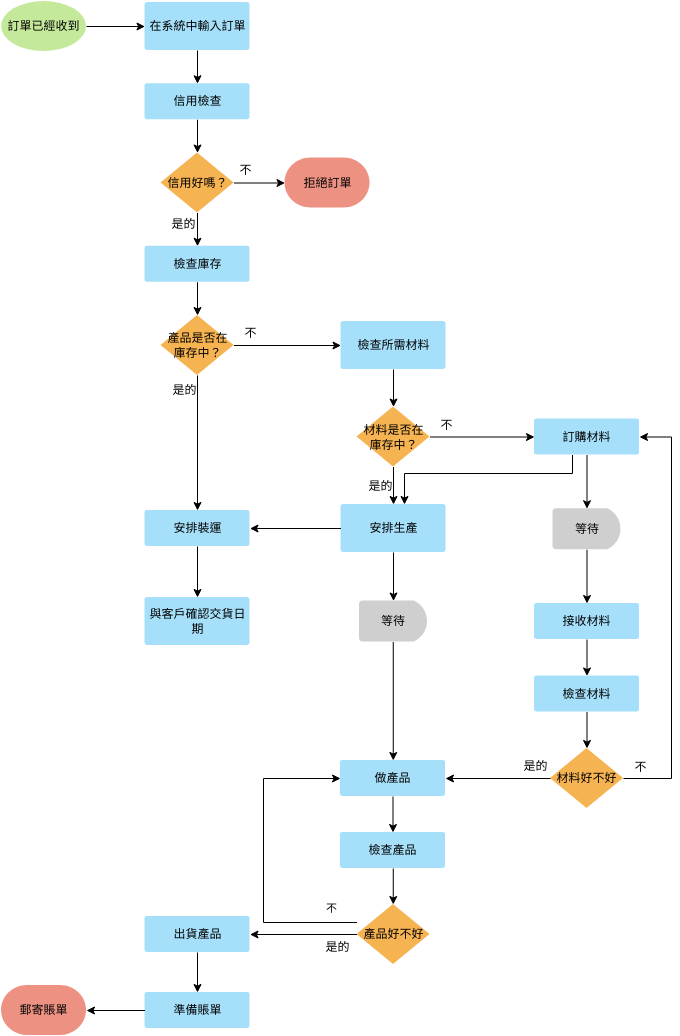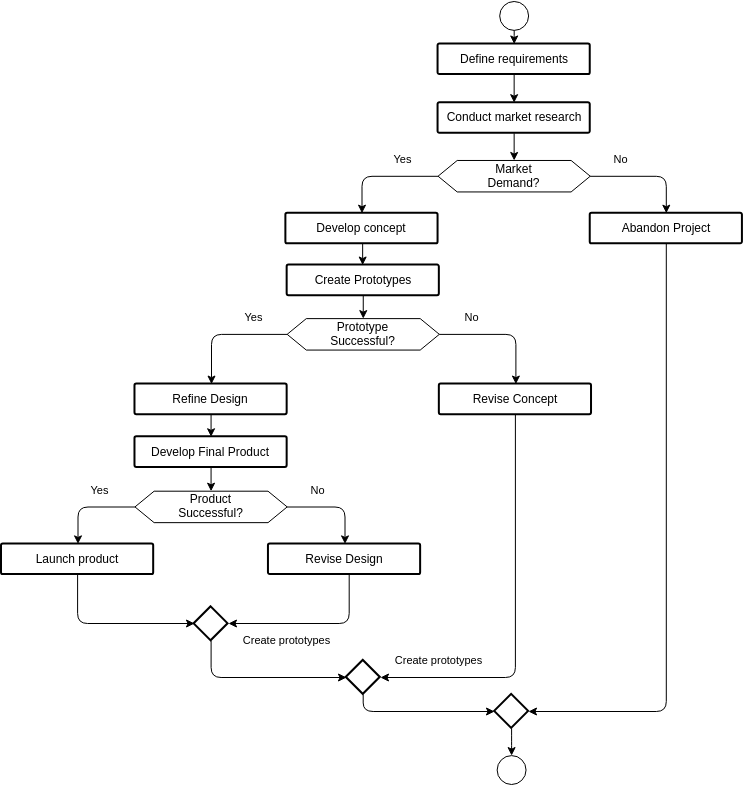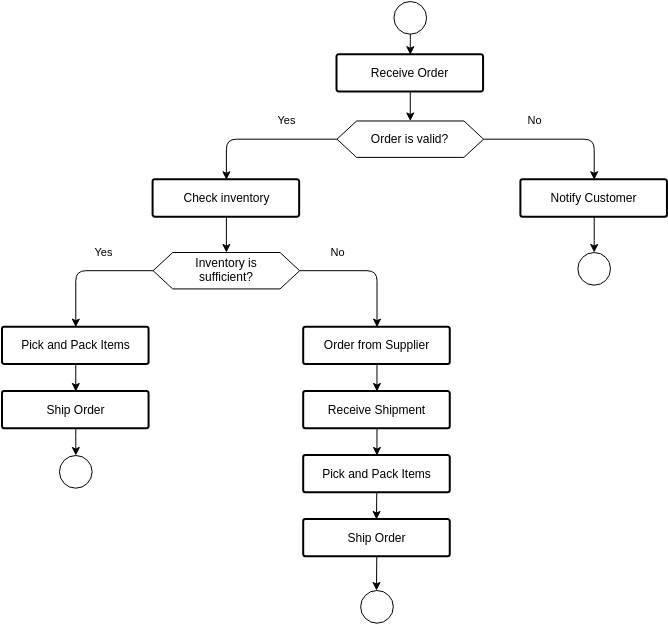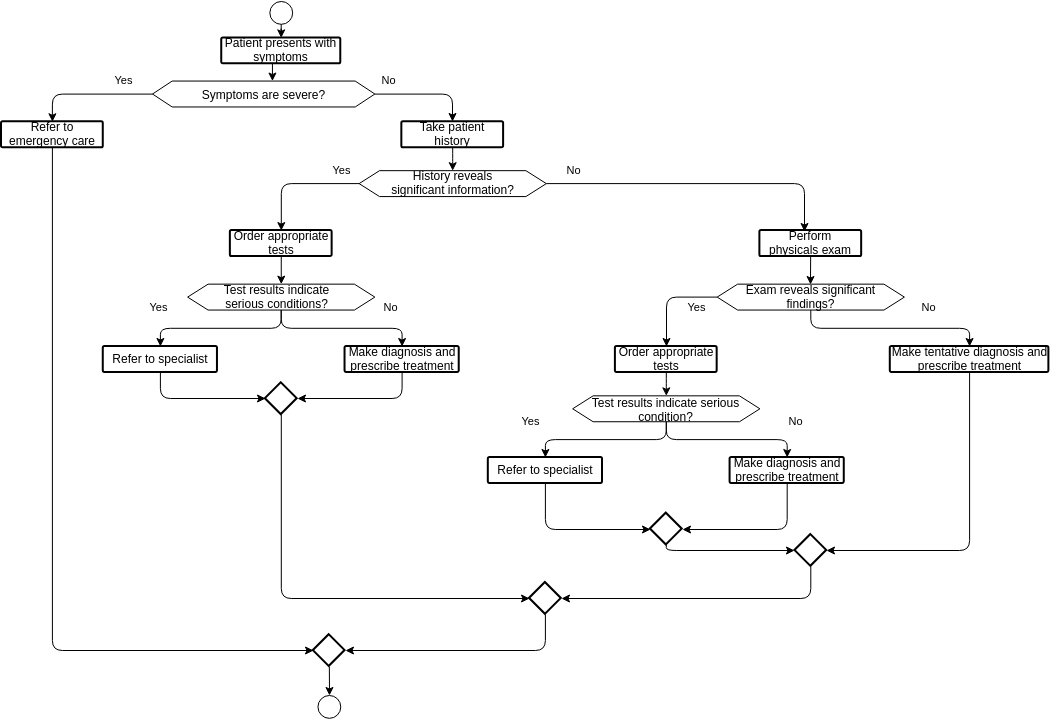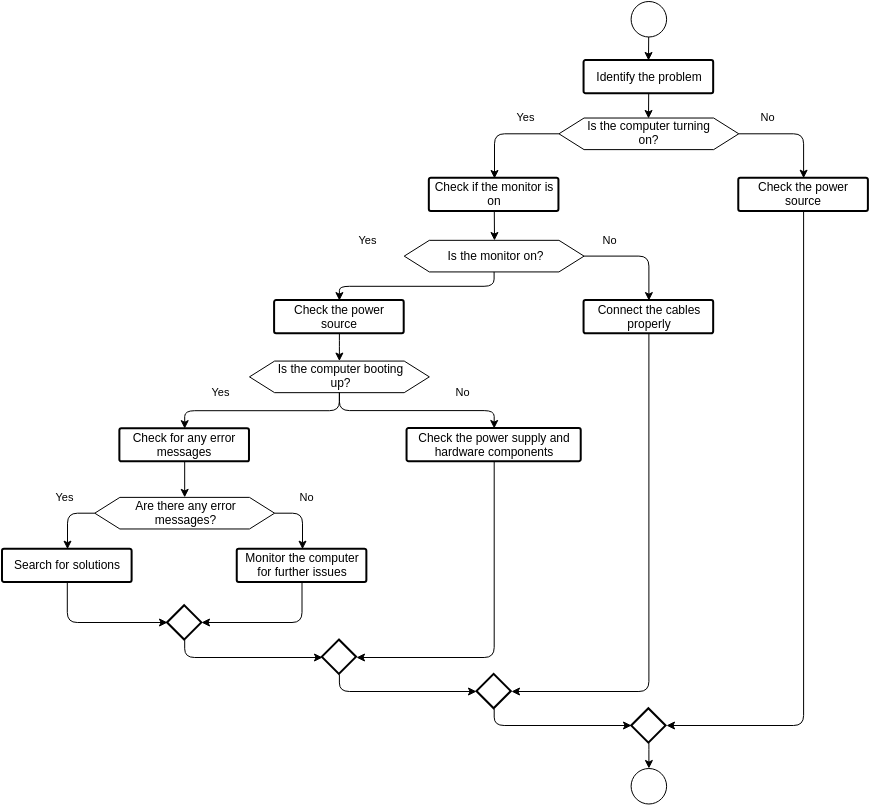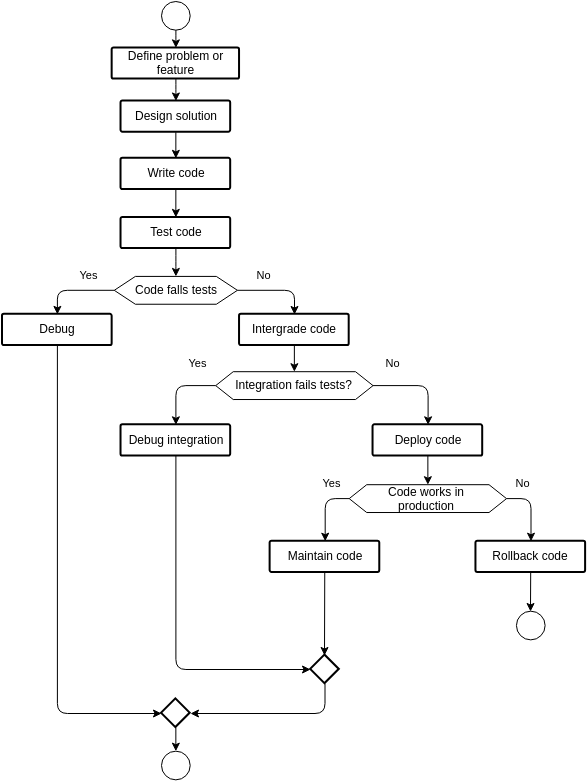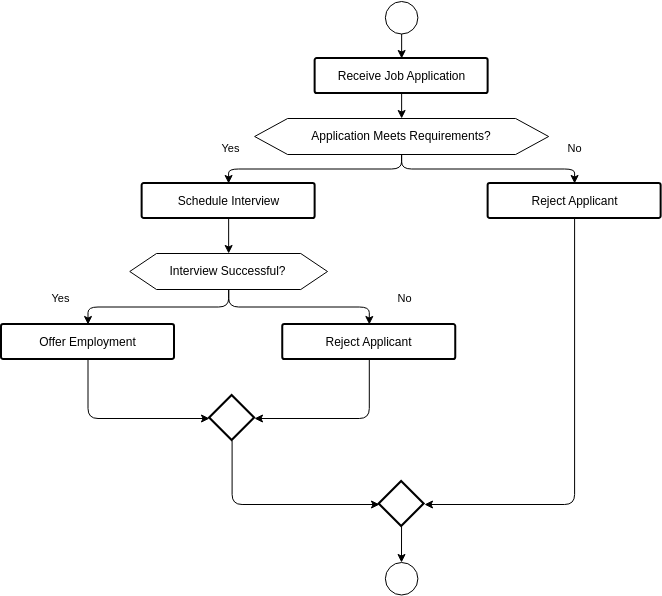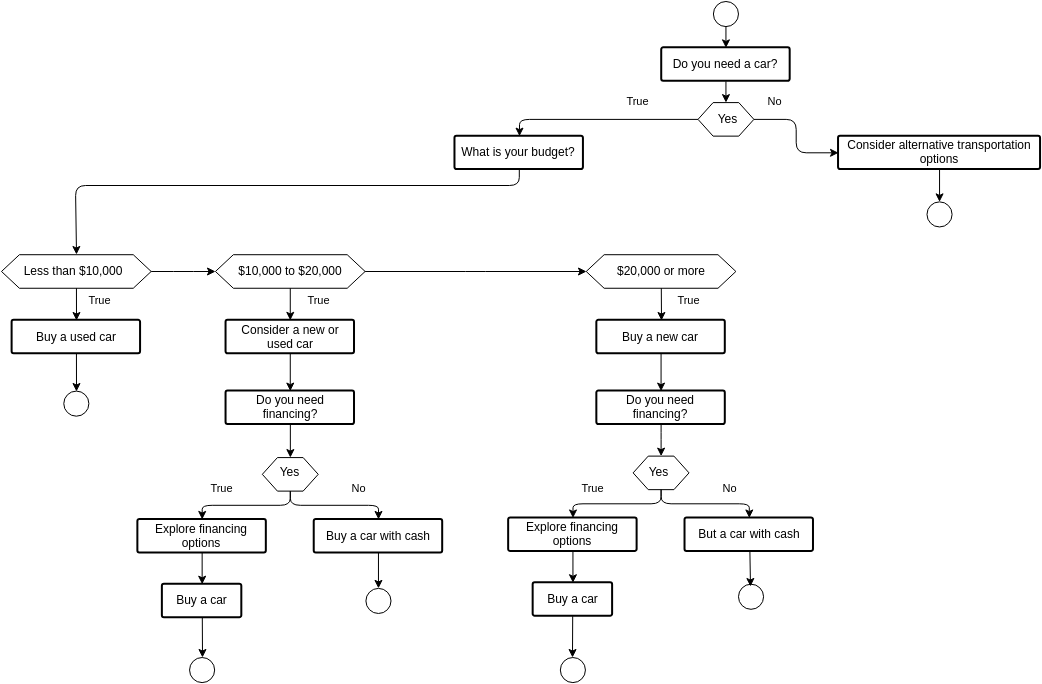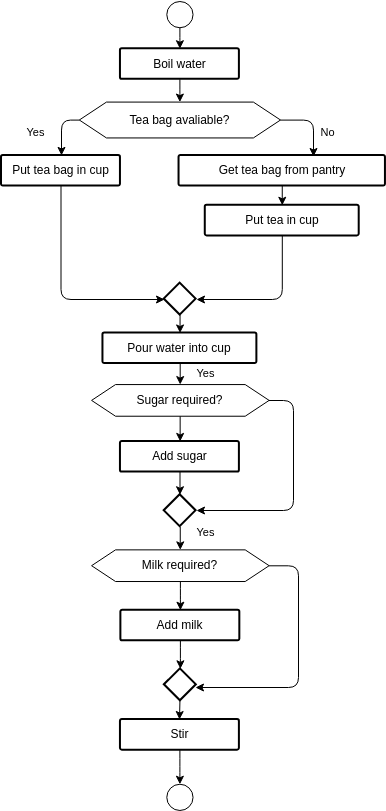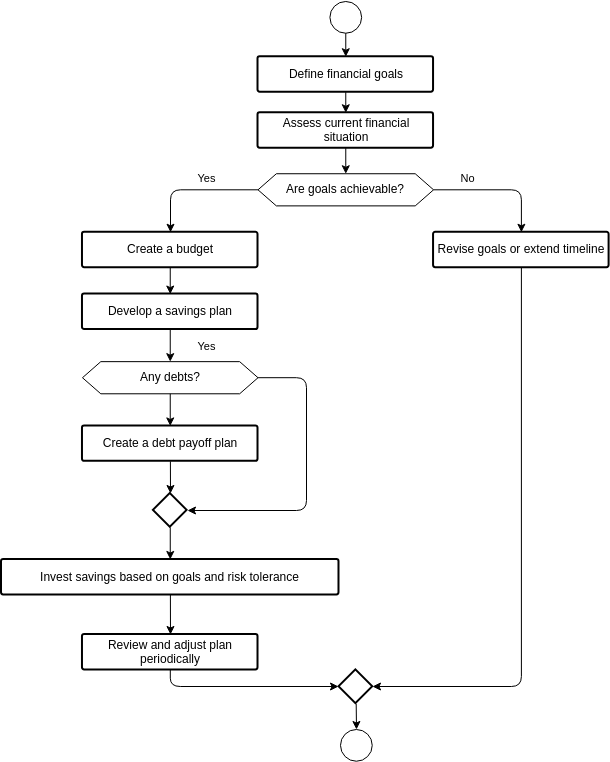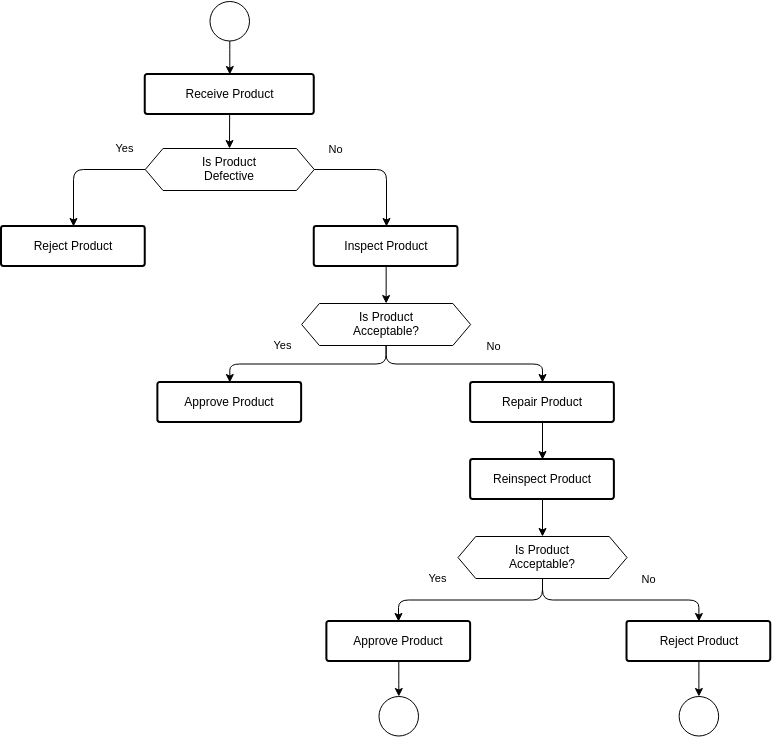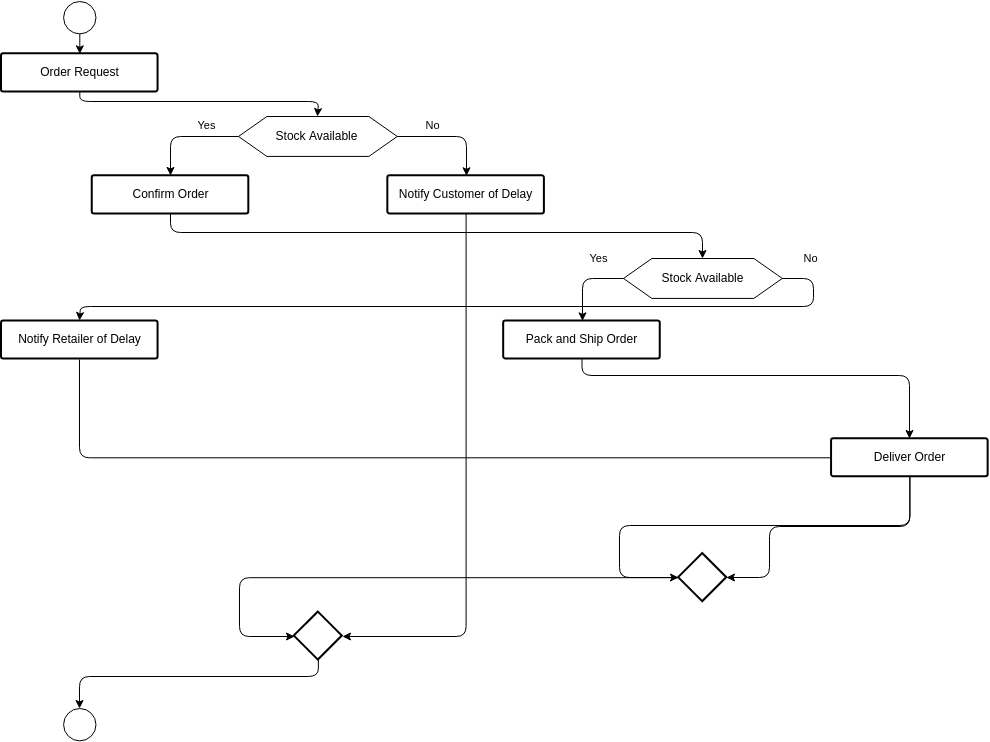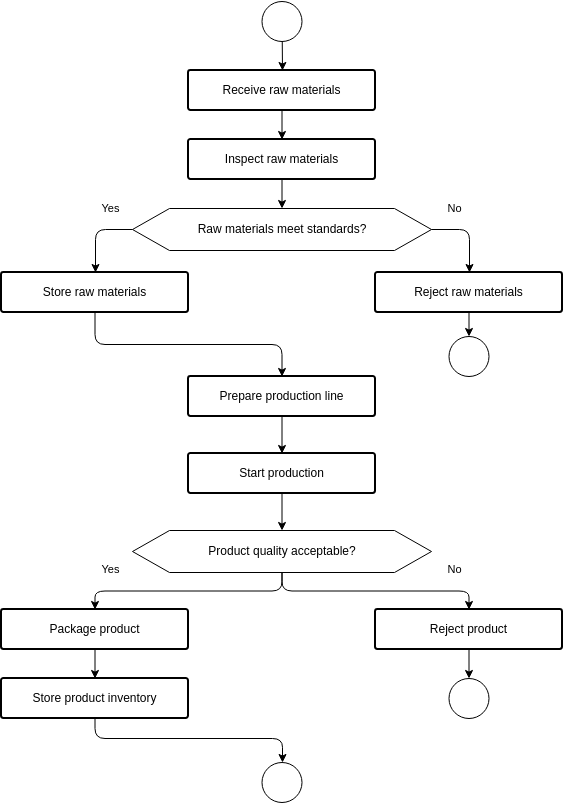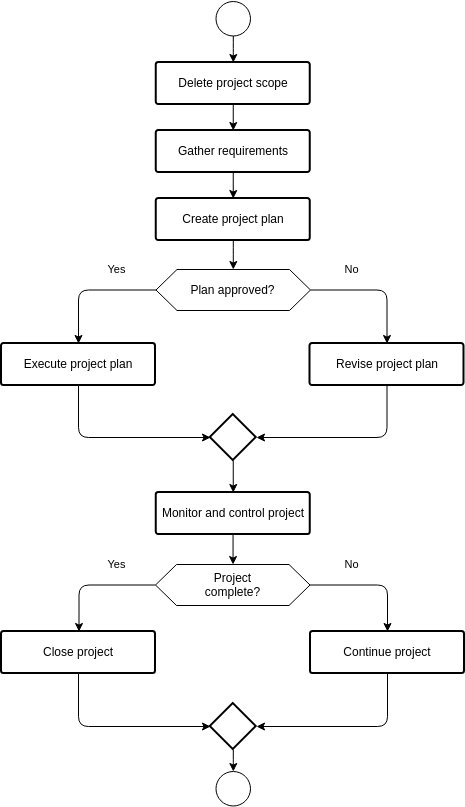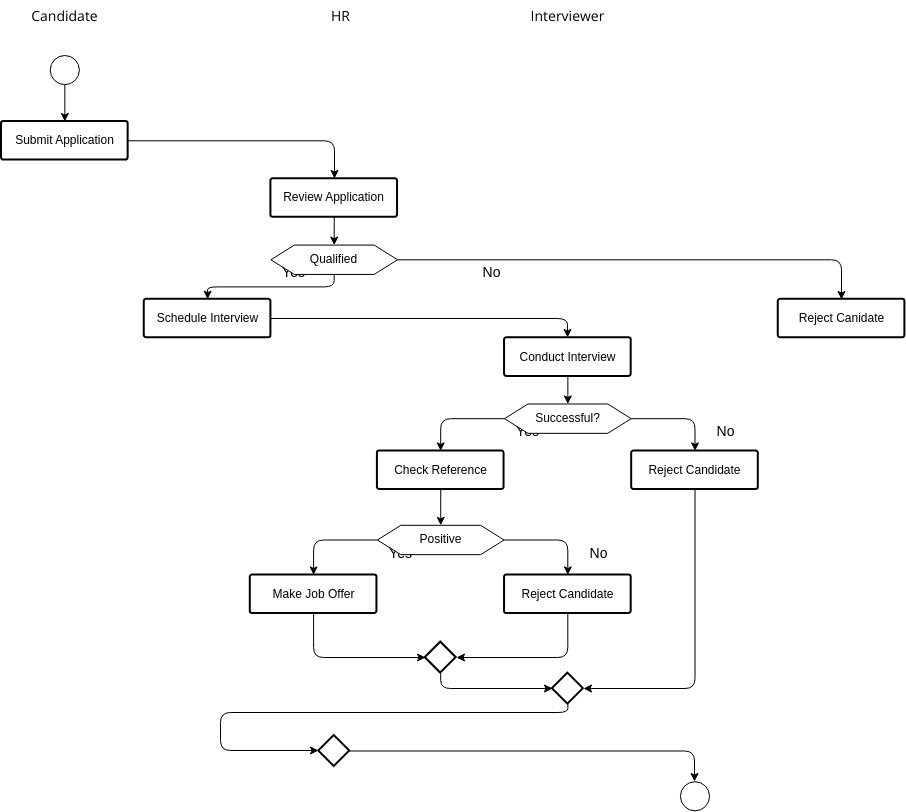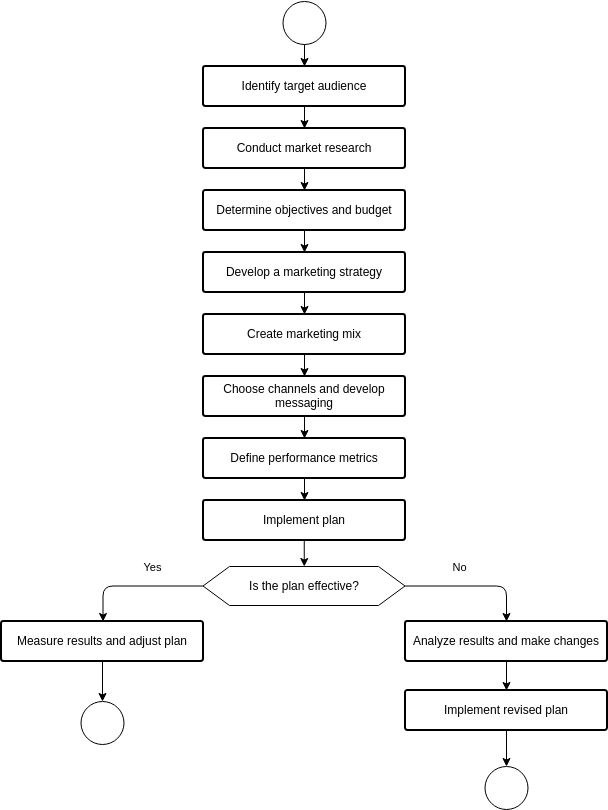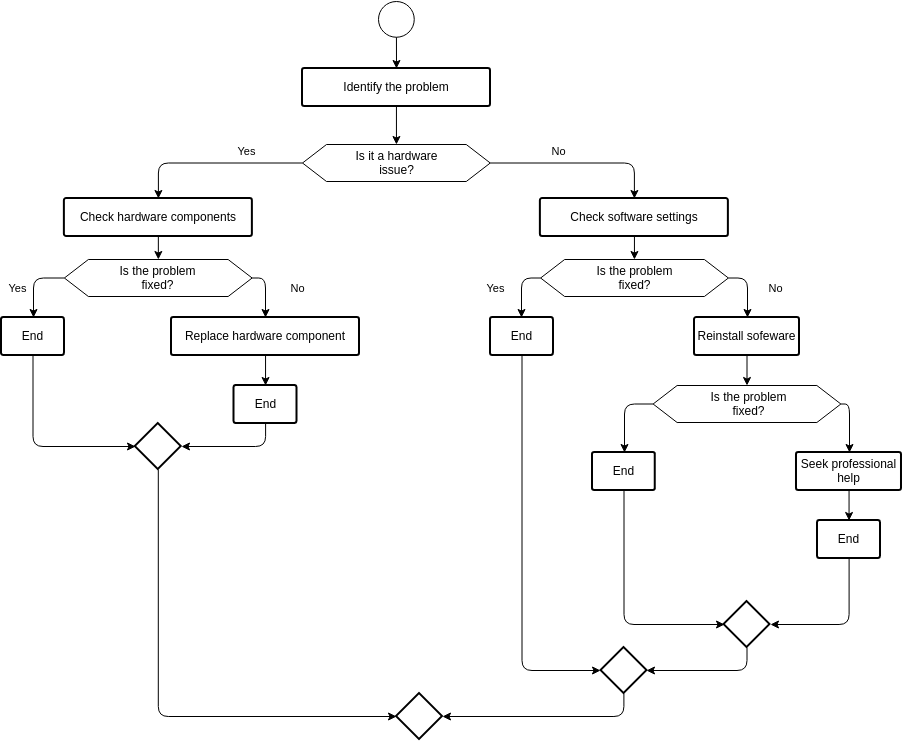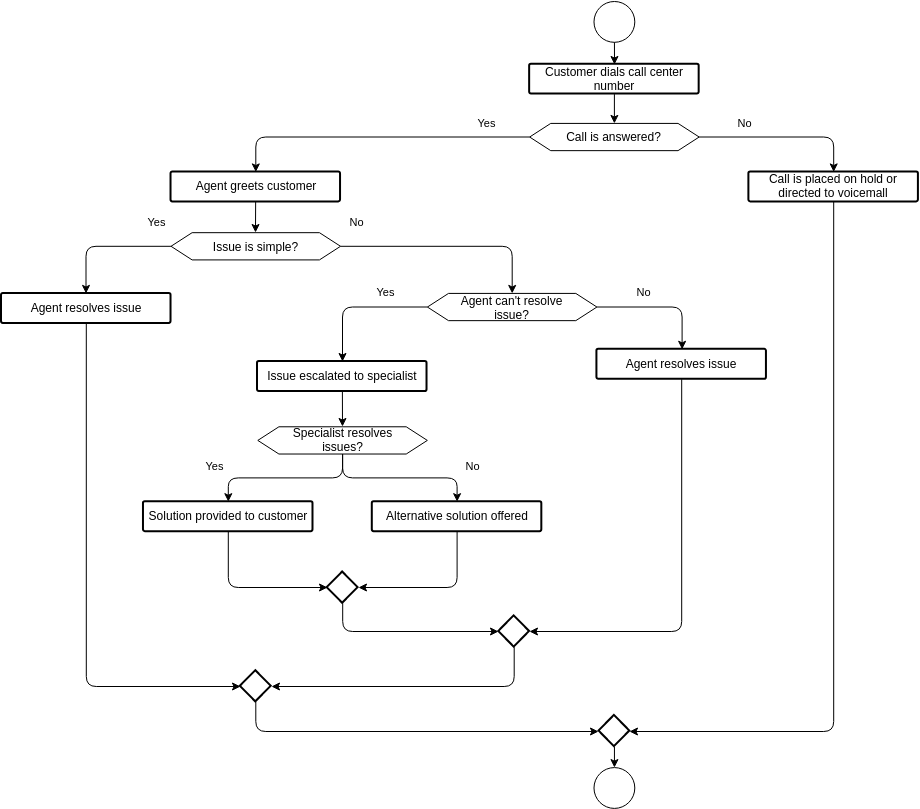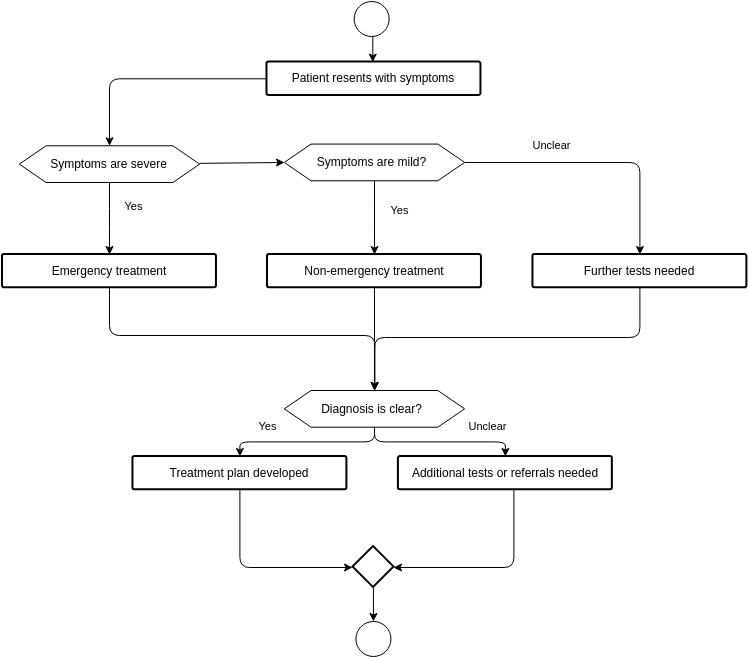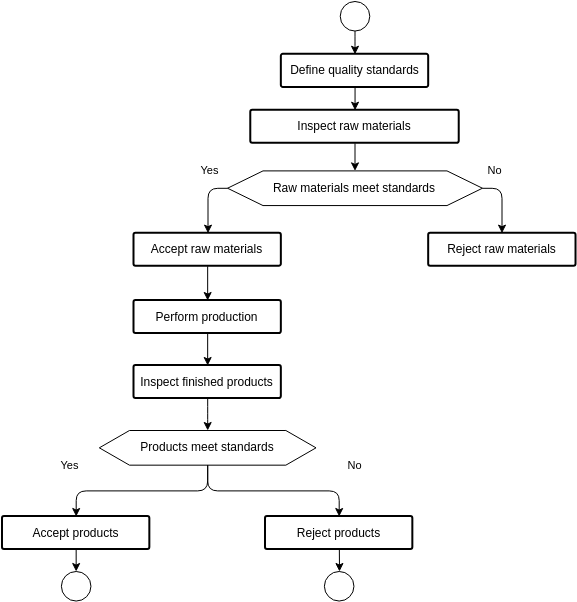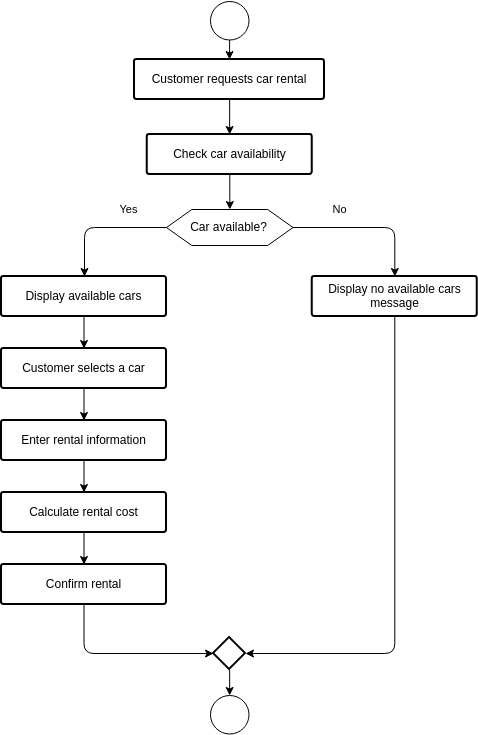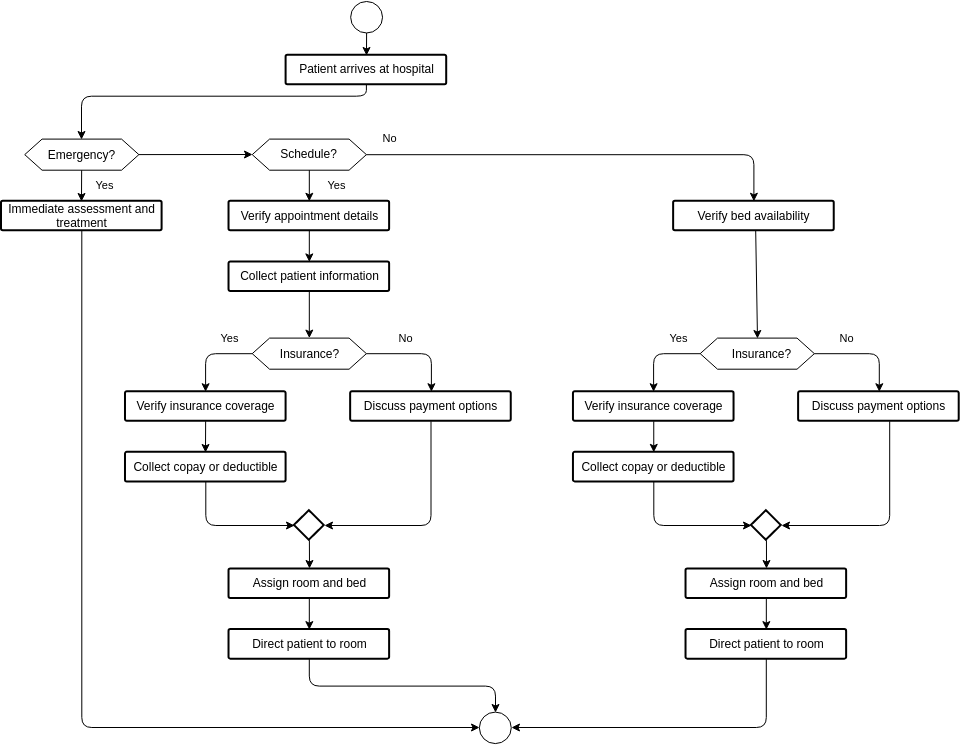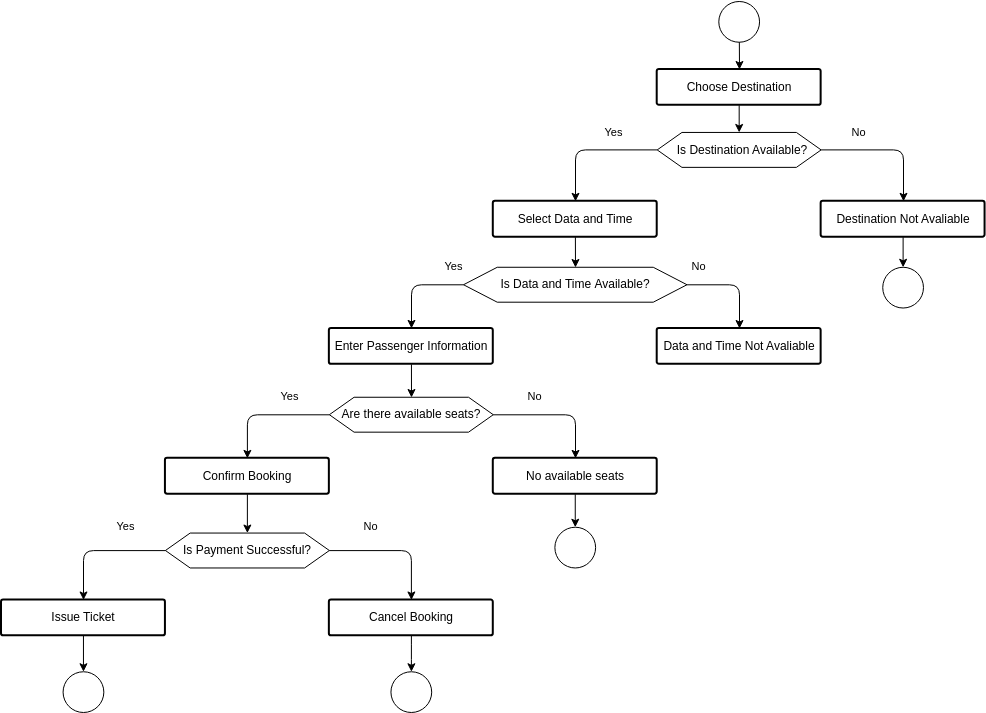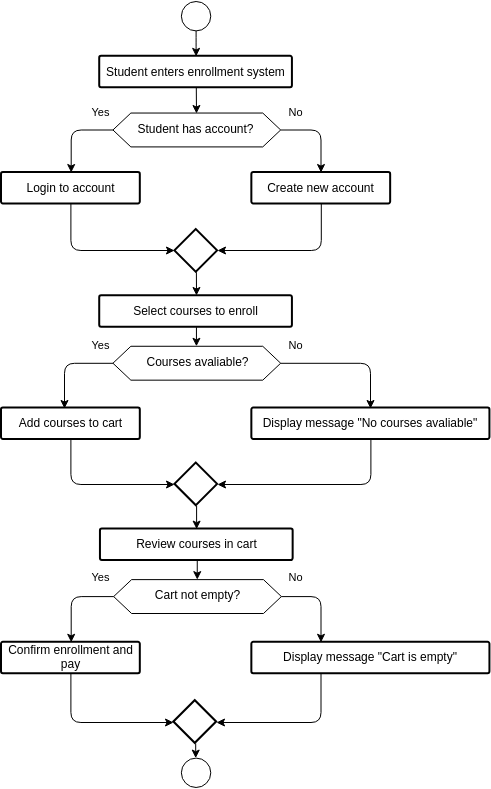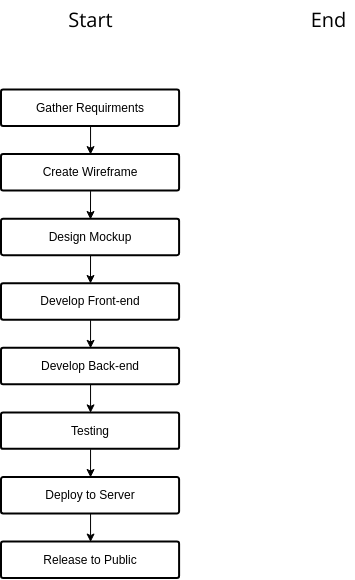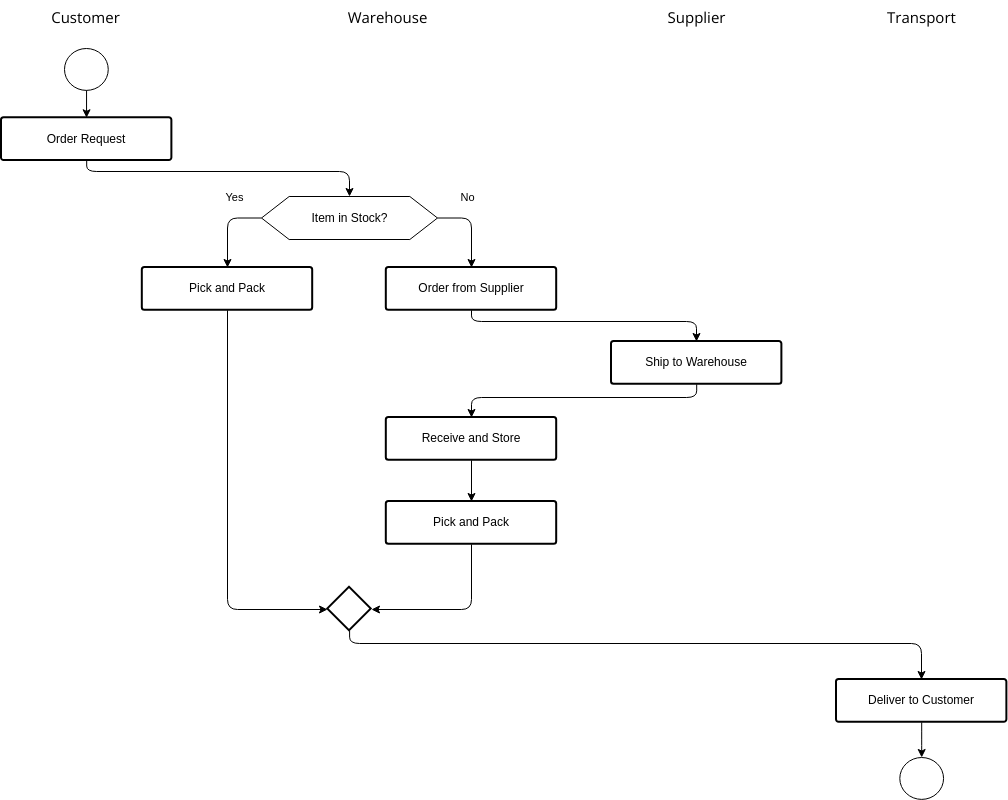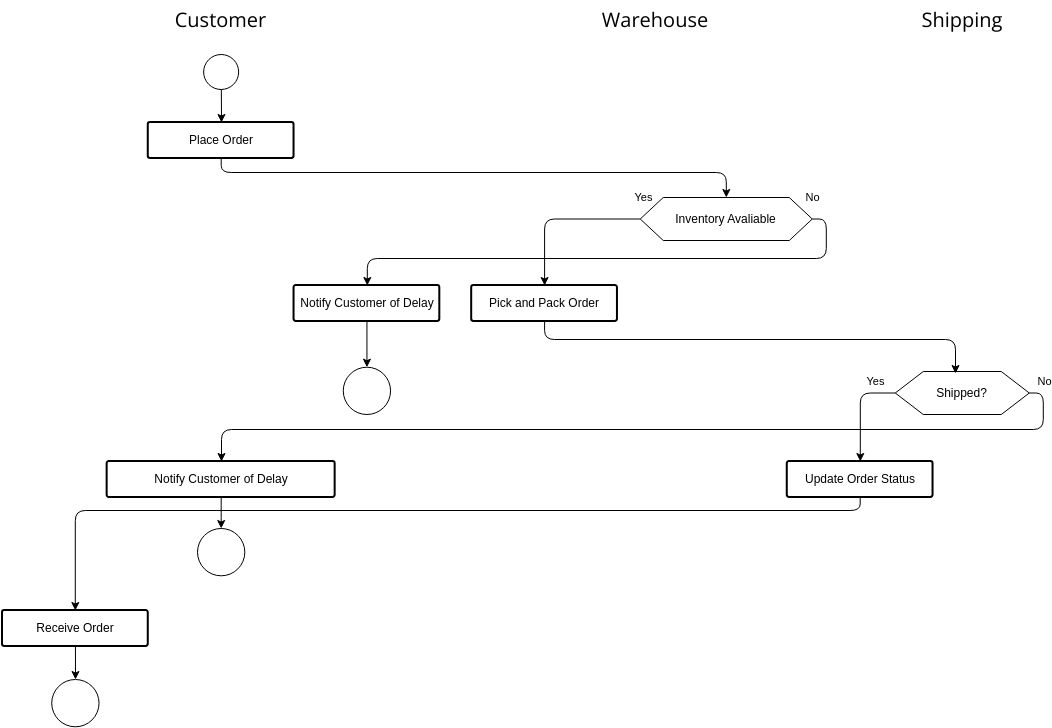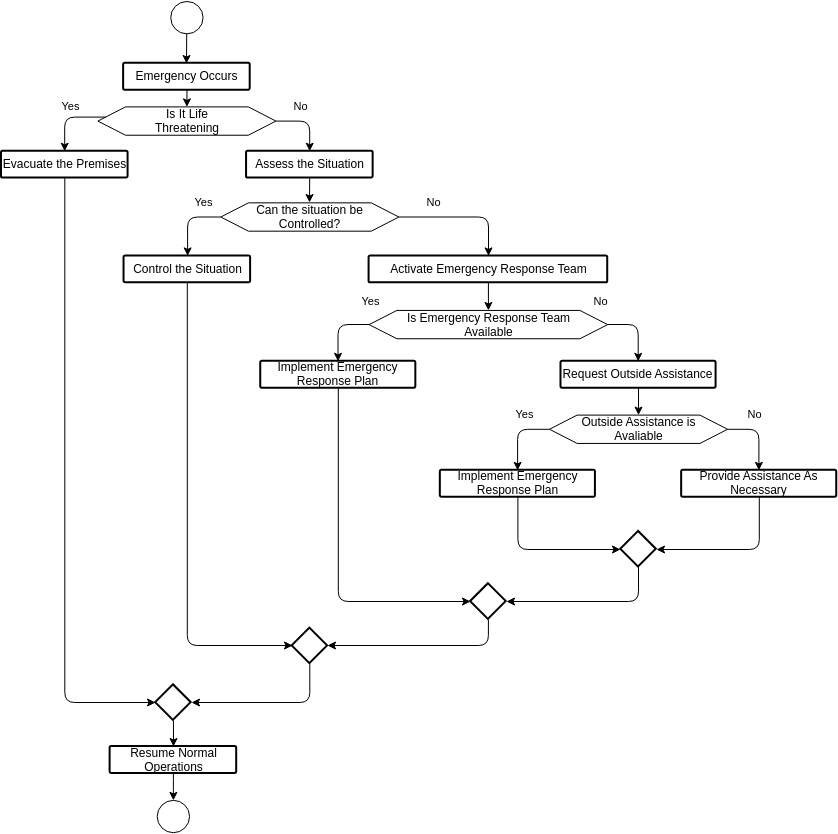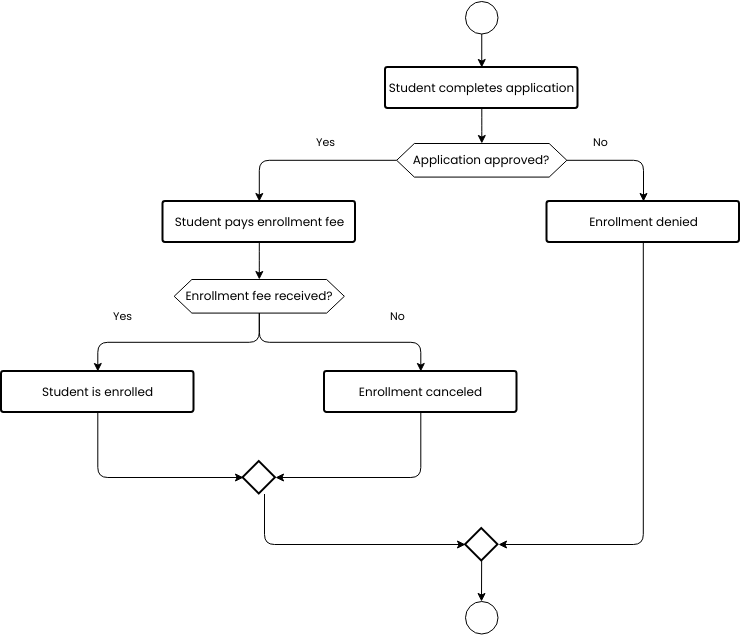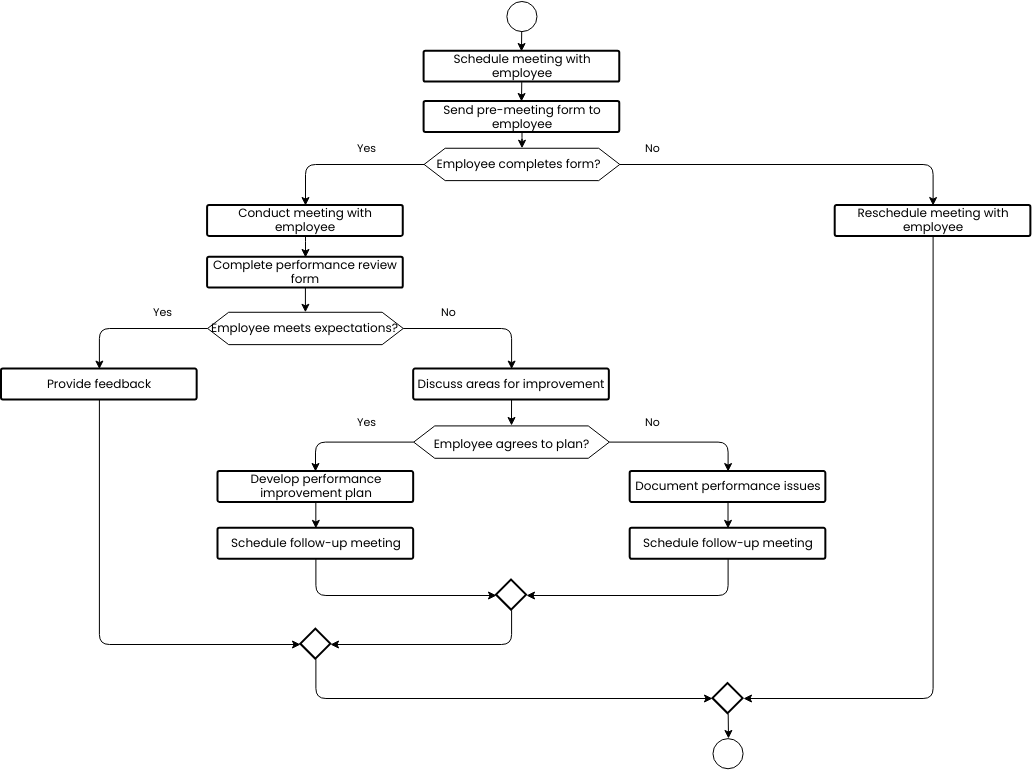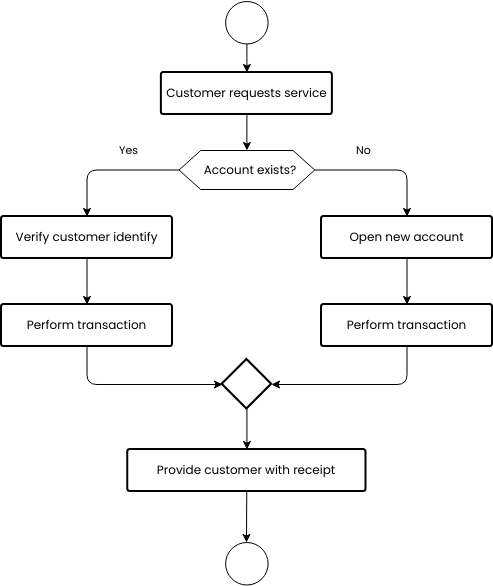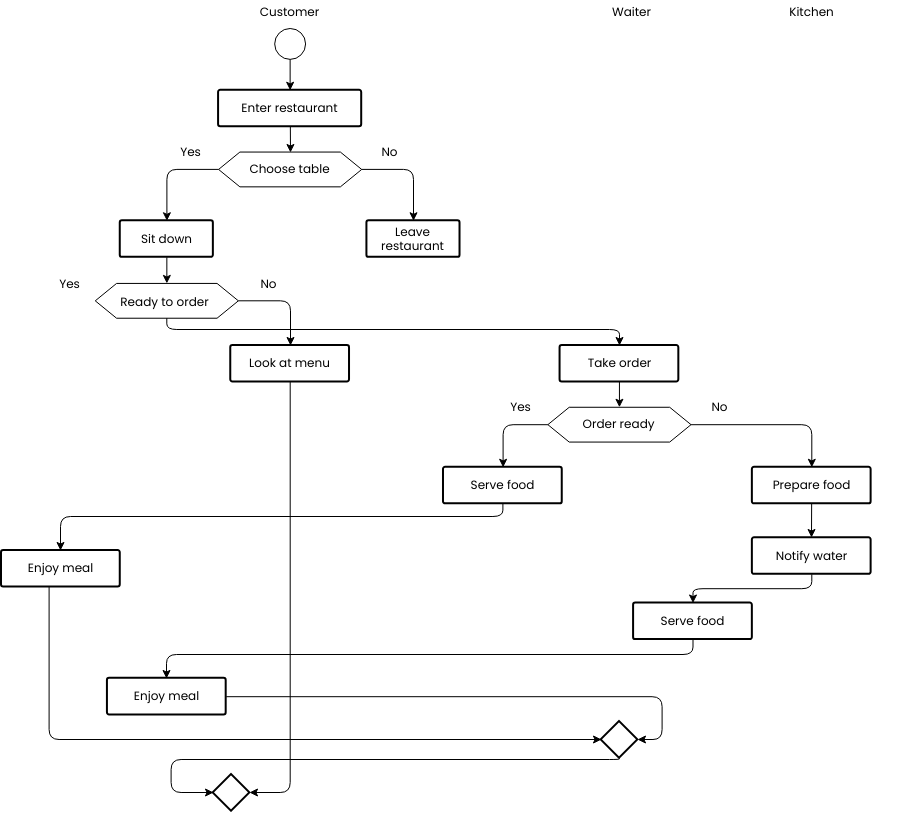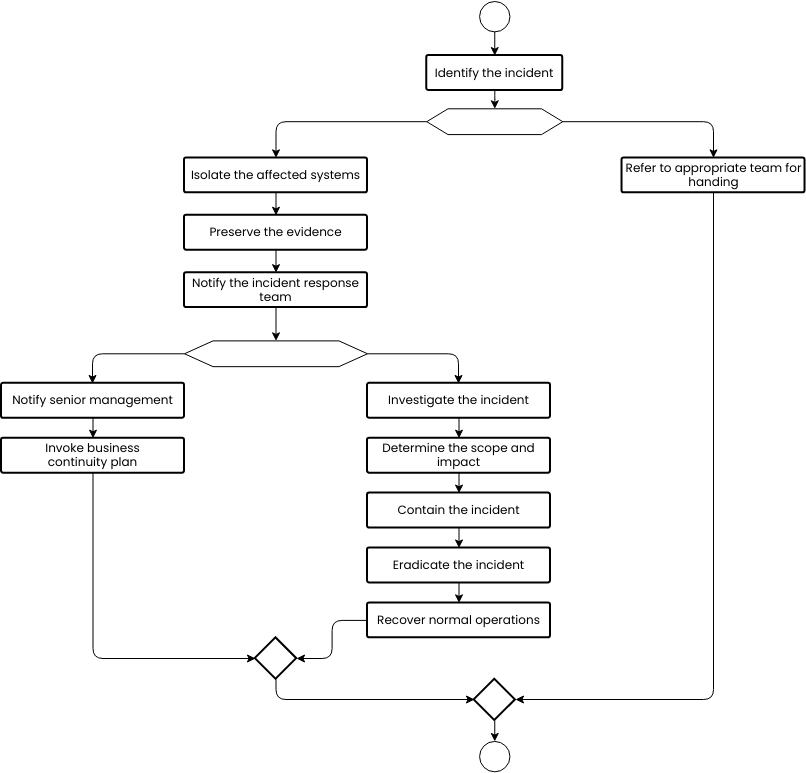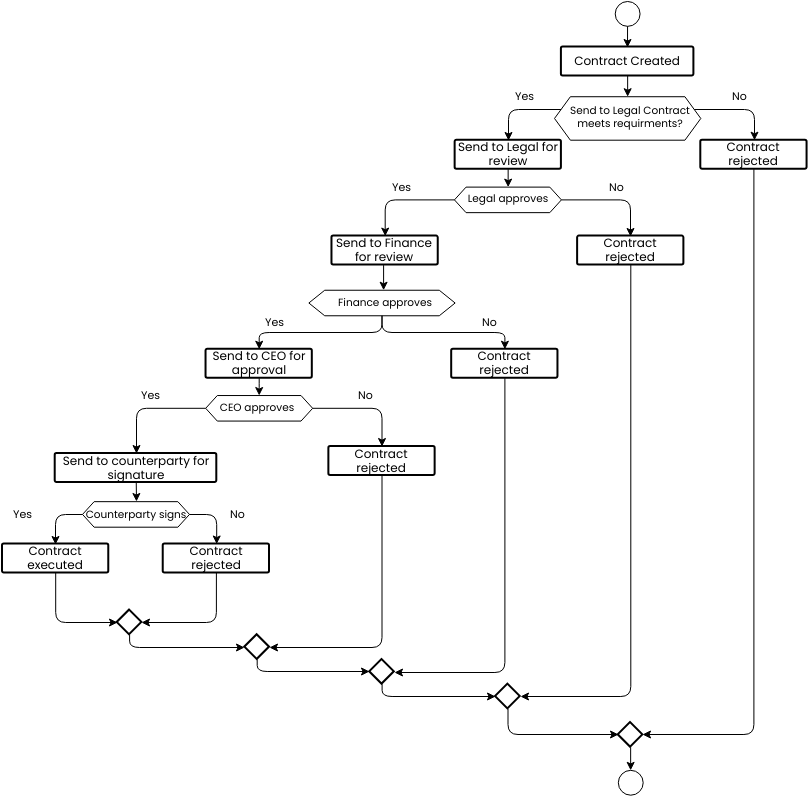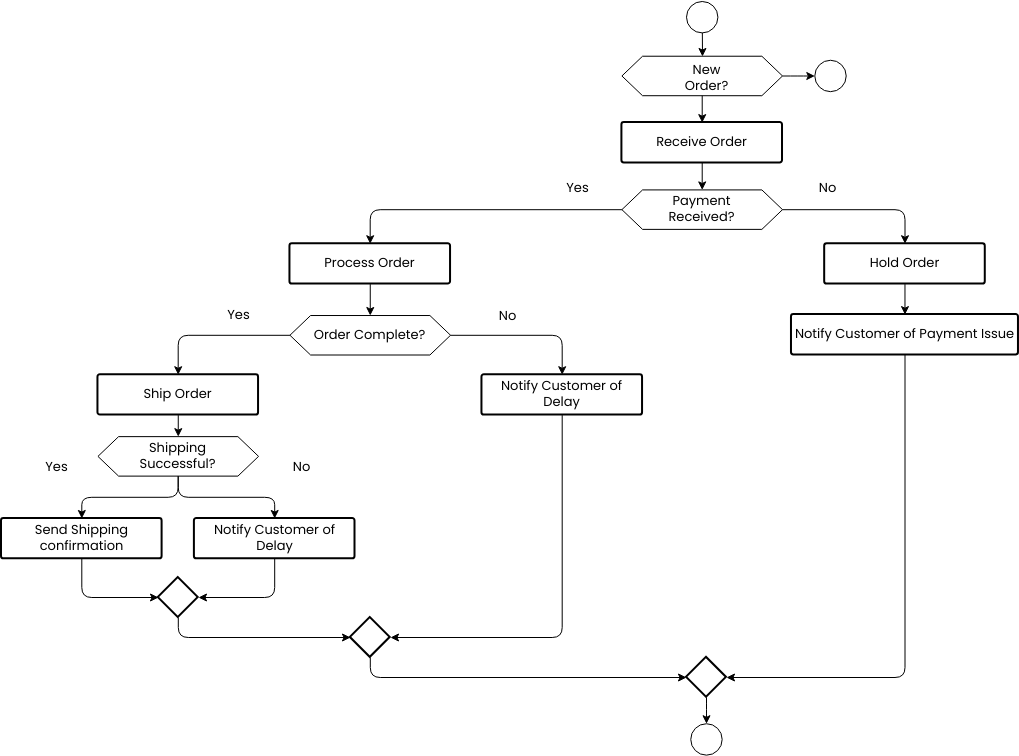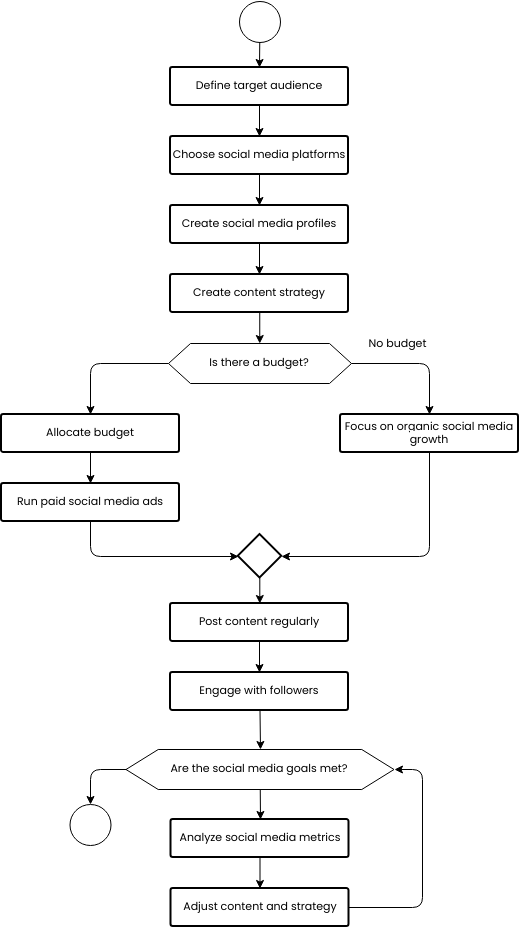This flowchart outlines a sales process that involves several key steps for successfully closing a sale. The process begins with identifying potential customers who may have a need for the products or services being offered. Once potential customers have been identified, the sales team quality leads and gathers information about their needs, preferences, and budget.
Once the information has been gathered, the sales team presents the products or services to the potential customer. This involves highlighting the features and benefits of the products or services, addressing any questions or concerns, and providing additional information as needed.
After presenting the products or services, the sales team negotiates terms and pricing with the potential customer. This may involve discussing quantities, delivery schedules, payment terms, and other details. The sales team works to find a mutually beneficial agreement that meets the needs of the customer while also ensuring profitability for the company.
Finally, once the negotiations have been completed, the sales team closes the sale. This involves finalizing the terms and conditions, preparing any necessary documents, and completing the transaction.
Overall, this flowchart provides a clear and structured approach to sales, emphasizing the importance of identifying potential customers, gathering information, presenting the products or services, negotiating terms and pricing, and closing the sale. By following this process, sales teams can increase their chances of successfully closing a sale and achieving their sales targets. The flowchart emphasizes the importance of following a structured approach to sales, which improves the efficiency and effectiveness of the sales process, resulting in increased customer satisfaction and higher sales revenue.
Advantages of using this flowchart for the sales process
Using this flowchart for the sales process has several other advantages. Firstly, the flowchart helps to standardize the sales process, which is particularly useful for organizations with multiple sales teams or salespeople. By having a standardized process, organizations can ensure that all sales teams are following the same approach, which helps to maintain consistency and a high level of quality across the organization.
Secondly, the flowchart emphasizes the importance of identifying potential customers, which is crucial for effective sales. By targeting potential customers who have a need for the products or services being offered, sales teams can increase their chances of success and avoid wasting time and resources on customers who are not likely to purchase.
Finally, the flowchart highlights the importance of closing the sale, which is the ultimate goal of the sales process. By following the steps outlined in the flowchart, sales teams can effectively manage the sales process and increase their chances of successfully closing a sale, which is key to achieving sales targets and driving revenue growth.
Overall, using this flowchart for the sales process is a valuable tool for organizations looking to optimize their sales processes, improve their efficiency and effectiveness, and ultimately increase their sales revenue.
Are flowchart templates what you're after? Go to Visual Paradigm Online right immediately to pick a few customizable styles!
